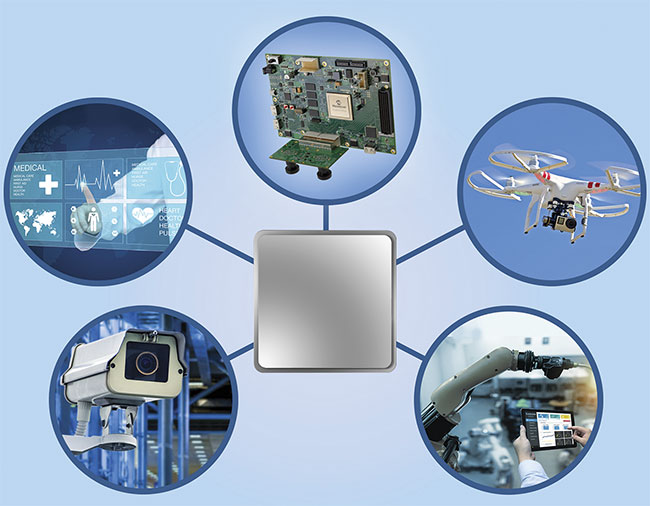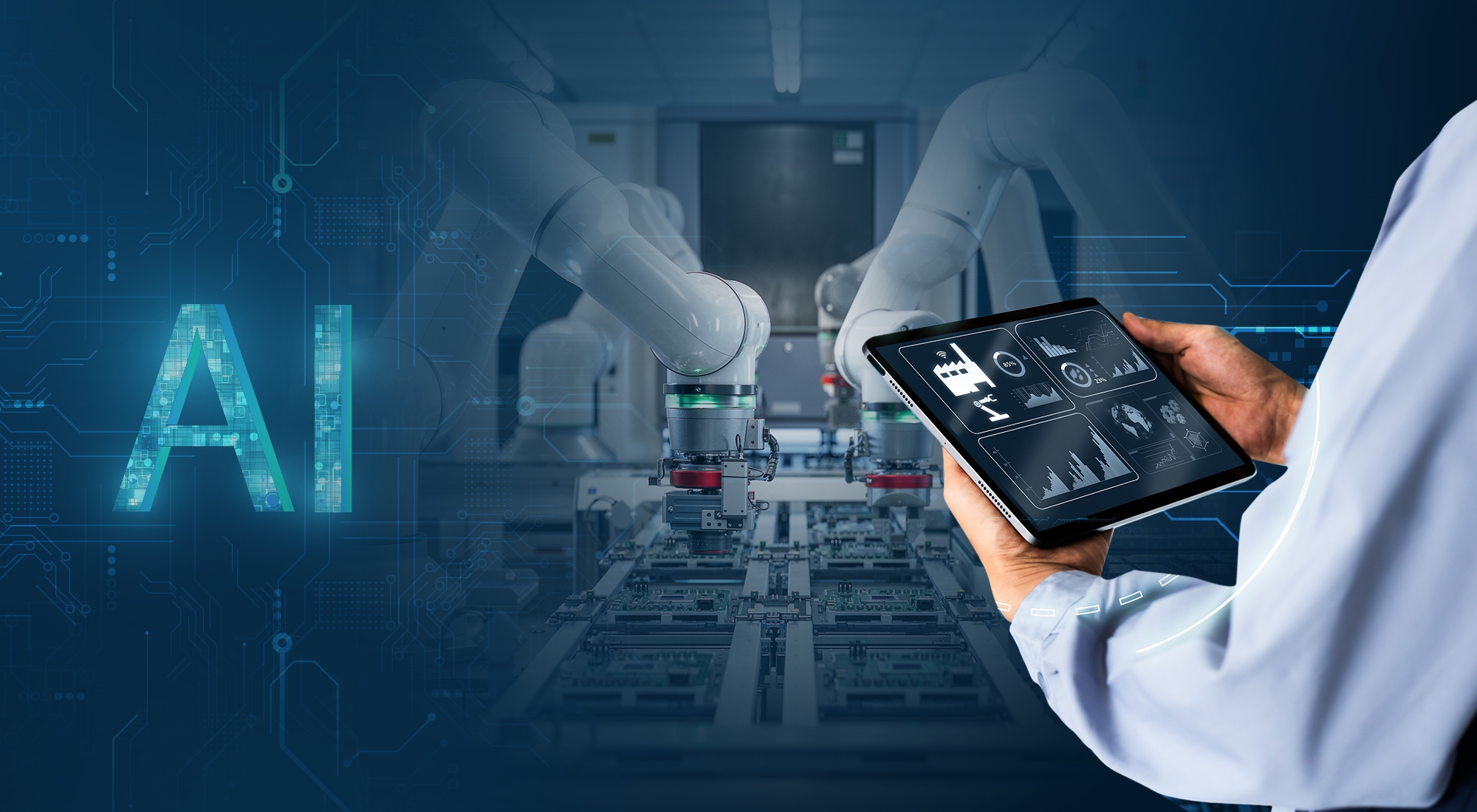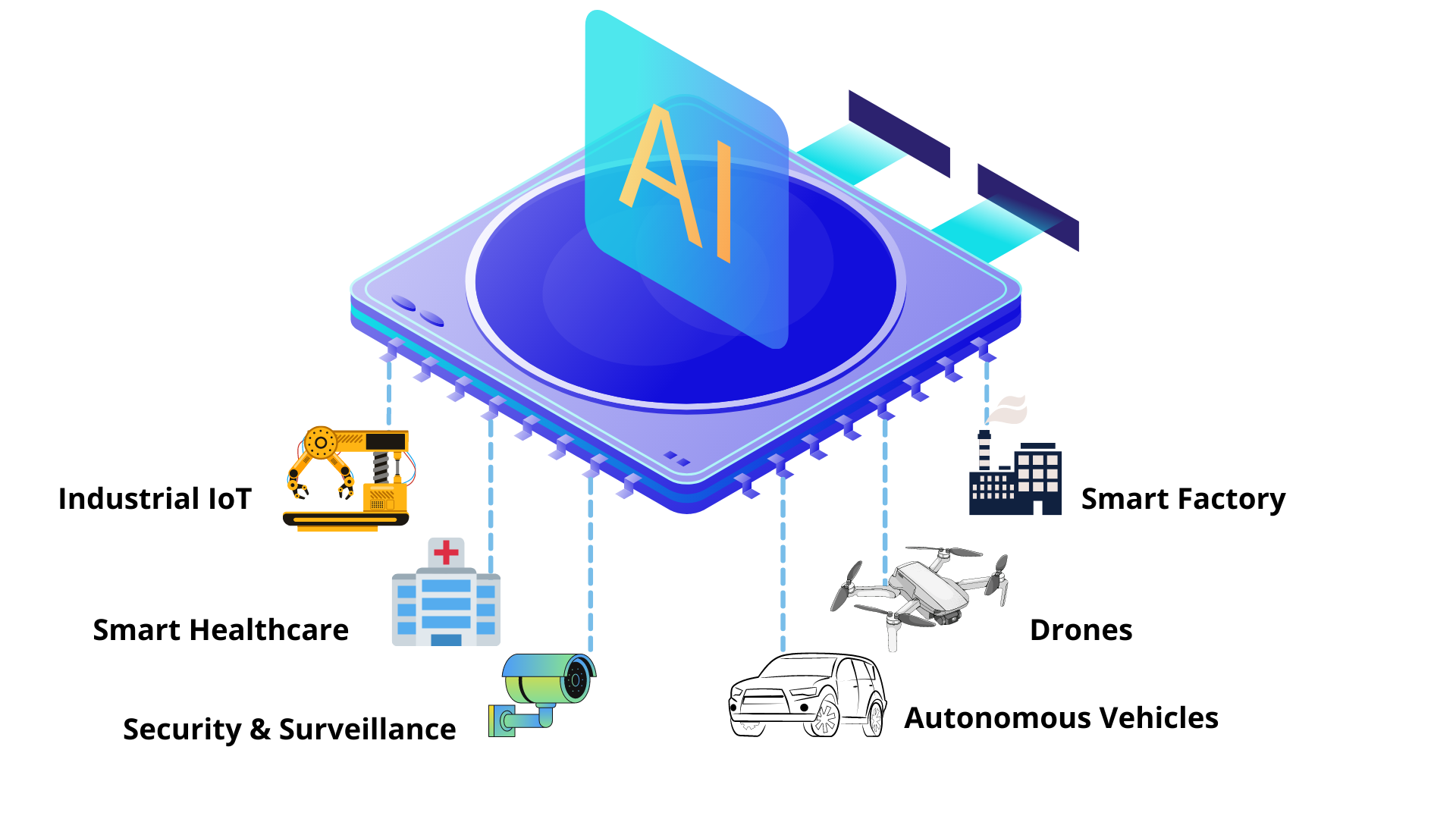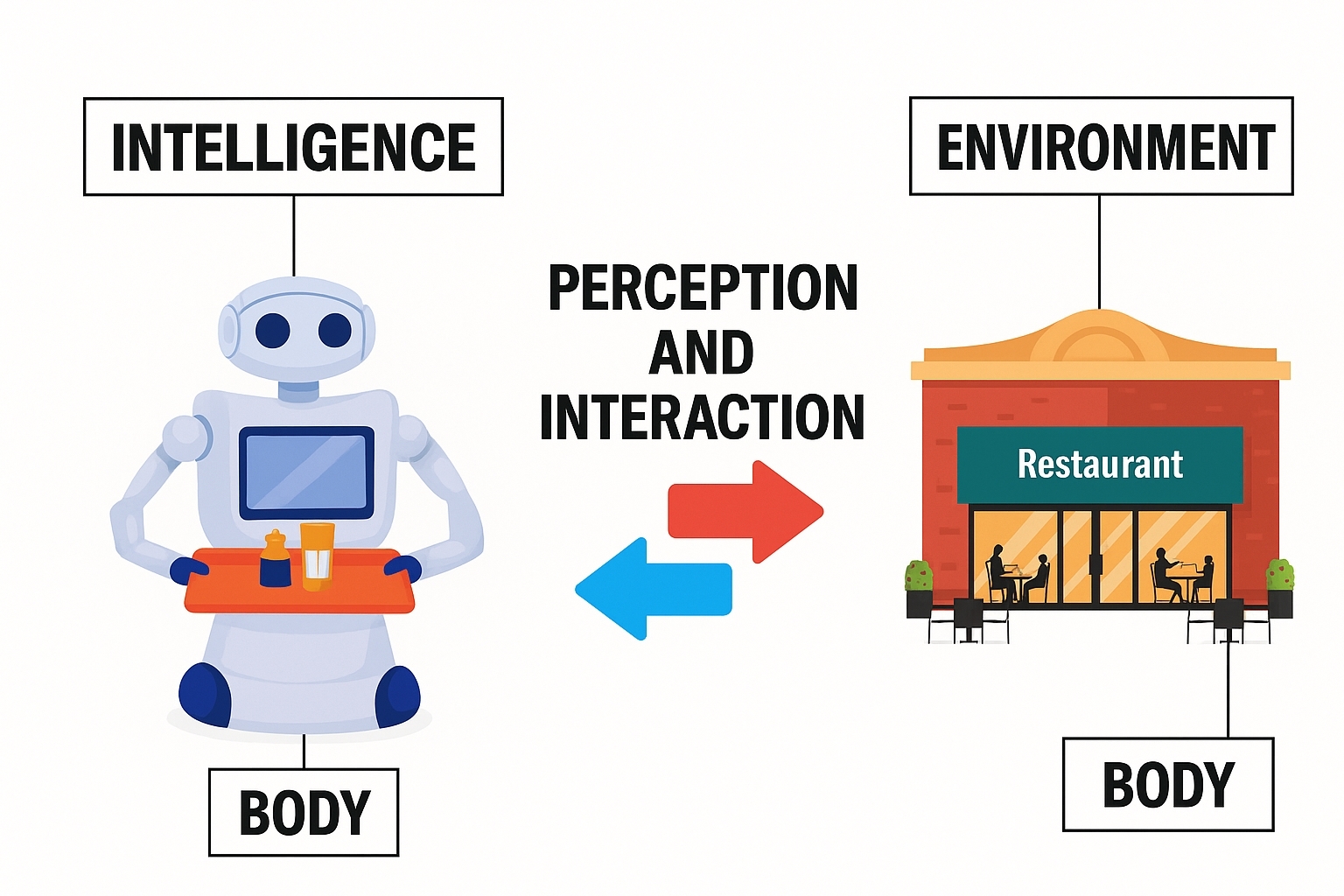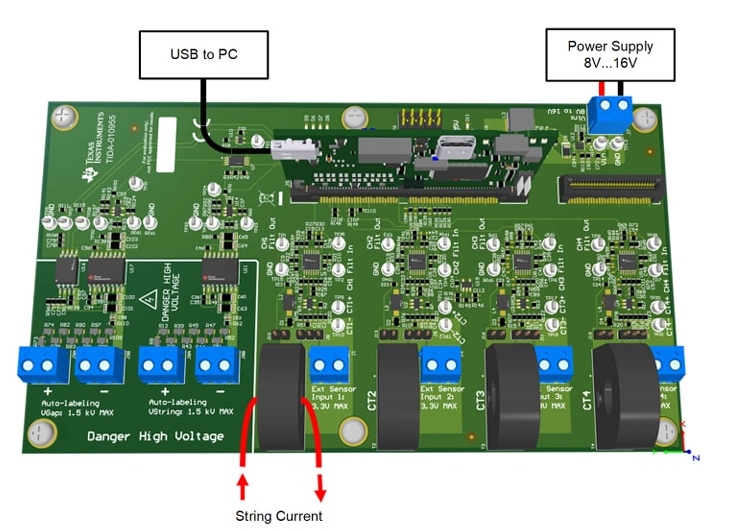Overview
As machine learning and artificial intelligence technologies advance rapidly, traditional central processing units (CPU) and graphics processing units (GPU) are often unable to meet the efficiency demands of large-scale data processing and complex models. Field-programmable gate arrays (FPGA) are flexible and efficient hardware acceleration platforms that are increasingly used for machine learning tasks. This article examines FPGA applications in machine learning, focusing on accelerating neural network inference, optimizing algorithms, and improving processing efficiency.
1. Integrating Machine Learning and FPGAs
1.1 Computational demands of machine learning
Machine learning algorithms, especially deep learning, typically require large amounts of matrix and vector operations. For example, convolution operations in convolutional neural networks (CNN) involve many multiply-add operations that are highly parallelizable. Although CPUs and GPUs can handle these tasks, they have limitations in power consumption, latency, and throughput. Due to their flexibility and parallel computing capabilities, FPGAs are an attractive hardware platform for machine learning applications.
1.2 Advantages of FPGAs
- Parallel processing: FPGAs contain a large number of programmable logic elements and can implement highly parallel computations, significantly increasing processing speed.
- Low latency: Compared with GPUs, FPGAs can provide lower latency, making them suitable for applications with strict real-time requirements.
- High energy efficiency: FPGAs often offer better energy efficiency than CPUs and GPUs, particularly in low-power scenarios.
- Hardware programmability: Users can customize hardware functions to optimize for specific machine learning tasks.
2. Specific FPGA Applications in Machine Learning
2.1 Neural network inference acceleration
FPGAs excel at accelerating neural network inference. By mapping neural network layers and computational operations onto FPGA resources, inference speed can be greatly increased while reducing power consumption. Convolutional layers in CNNs can be accelerated using the parallel processing capabilities of FPGAs.
2.2 Model compression and quantization
Model compression and quantization are effective methods to improve inference speed and reduce storage requirements. FPGAs can accelerate quantization in hardware, converting floating-point weights to fixed-point representations to reduce computation and storage demands.
2.3 Accelerating specific algorithms
FPGAs can accelerate not only neural network inference but also other machine learning algorithms. For example, in support vector machines (SVM), decision trees, or clustering algorithms, FPGAs can significantly speed up training and computation through parallel processing.
3. FPGA and AI Acceleration Platforms
As machine learning and artificial intelligence applications proliferate, more FPGA development platforms are being designed specifically for AI acceleration. Examples include Intel's Arria and Stratix series FPGAs and Xilinx's Alveo accelerator cards, which provide hardware support tailored to machine learning workloads.
4. Challenges and Future Directions for FPGA-Accelerated Machine Learning
Despite the advantages of FPGAs for accelerating machine learning, several challenges remain:
- Development complexity: FPGA programming is relatively difficult and requires developers to have hardware design expertise.
- Model migration: Porting existing machine learning models to FPGAs requires effort, particularly to coordinate hardware and software integration.
- Hardware resource limitations: FPGA resources are finite, so careful resource planning is necessary during design.
With continued improvements in FPGA development tools, FPGA use in machine learning is expected to expand, particularly in edge computing scenarios where real-time performance and power constraints are critical.
5. Conclusion
This article summarized FPGA applications in machine learning, focusing on how FPGAs can accelerate neural network inference, support quantization, and speed up other machine learning algorithms. Through hardware acceleration, FPGAs can improve computational efficiency and reduce power consumption, making them an important acceleration option for artificial intelligence workloads. As technologies evolve, FPGA applications in machine learning are likely to broaden and support more efficient, lower-power computing.
 ALLPCB
ALLPCB


